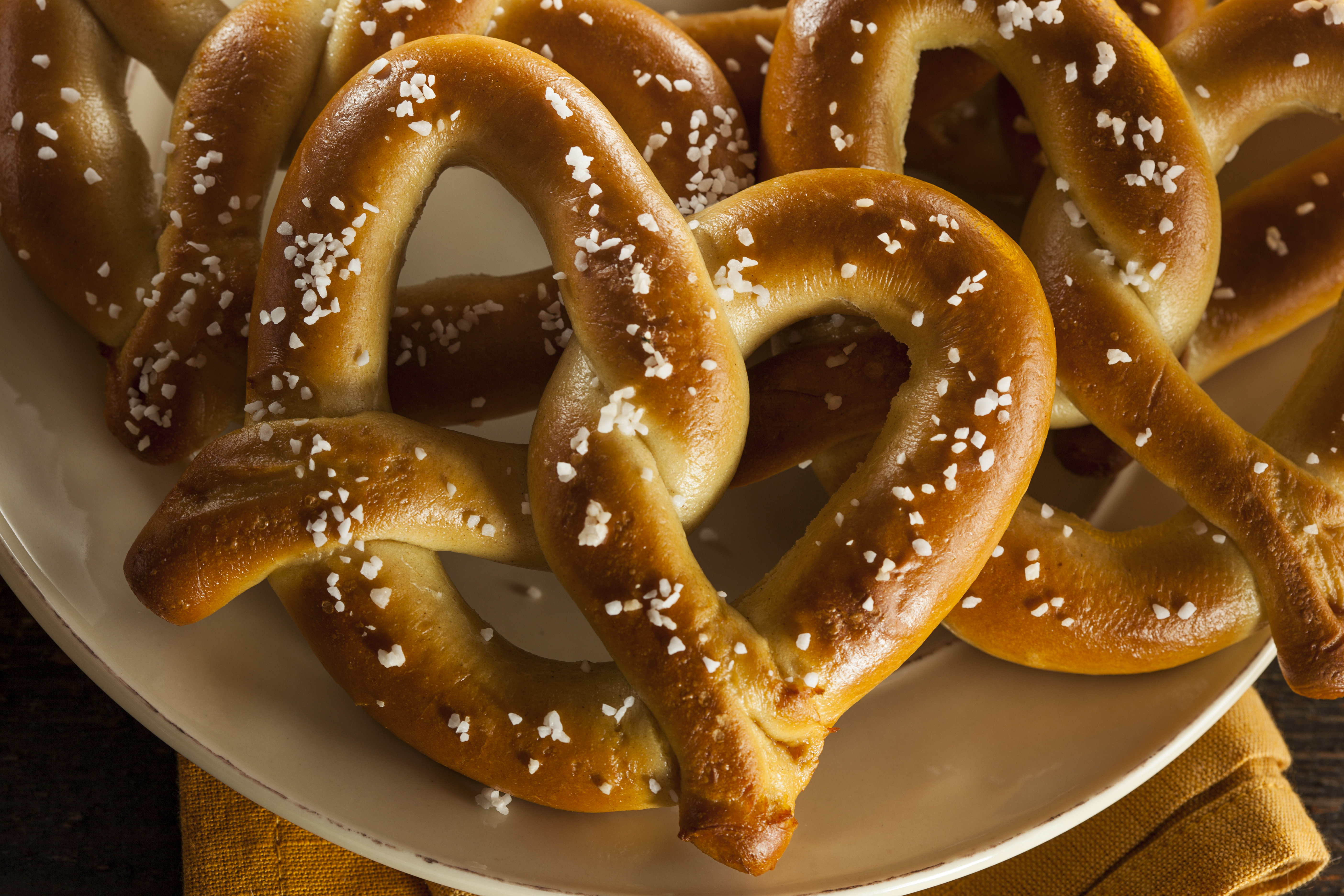Archaeologists surveying the site of the new Museum of the American Revolution in Philadelphia’s Old City neighborhood uncovered about 82,000 artifacts linked to homes, taverns and print shops dating as far back as the 17th century.
Crews from Commonwealth Heritage Group, Inc. spent months uncovering items from the site — the size of a quarter of a city block — at 3rd and Chestnut streets, according to the museum. Many of the items help track Philly’s history before and after the American Revolution.
"It seems only fitting that such a complete story of the evolution of the city should be found on the site of a future museum," said museum CEO Michael Quinn. "These artifacts provide a tangible tie to Philadelphia’s past and help us tell the stories of people who lived right here before, during, and after the Revolutionary War."
Among the artifacts uncovered — many from brick-lined privy and well shafts sealed below 19th-century buildings that were taken down in the 1970s — were red earthenware from a mid-18th century tavern and items from 17th century homes.
Archaeologists also uncovered a re-assembled English delftware punch bowl that features the ship Tryphena, which sailed to Liverpool in 1765 carrying a Philadelphia merchants' petition of the Stamp Act.
Also uncovered were late-18-to-early-19th-century print type from Carter’s Alley, granite foundations of the city’s first "skyscraper" — a doctor’s office along Chestnut Street — and fragments from George Lippincott’s button factory, which thrived from 1913 until World War II, said the museum.
The findings were hailed as giving a glimpse into the history of Philly.
Local
Breaking news and the stories that matter to your neighborhood.
"Cities are constantly rebuilding themselves, and the construction of this new museum — right in the heart of the oldest part of Philadelphia — provided us with a rare opportunity to examine the things left behind by the people who lived and worked there, in order to learn about how the city began and how it changed," said lead archaeologist Dr. Rebecca Yamin. "This buried record of the past touches on many significant changes in the city’s development, essentially creating a microcosm of Philadelphia from its very beginning to the present."
The museum, which will use artifacts, artwork and manuscripts to tell the story of the American Revolution, is set to open next spring.



